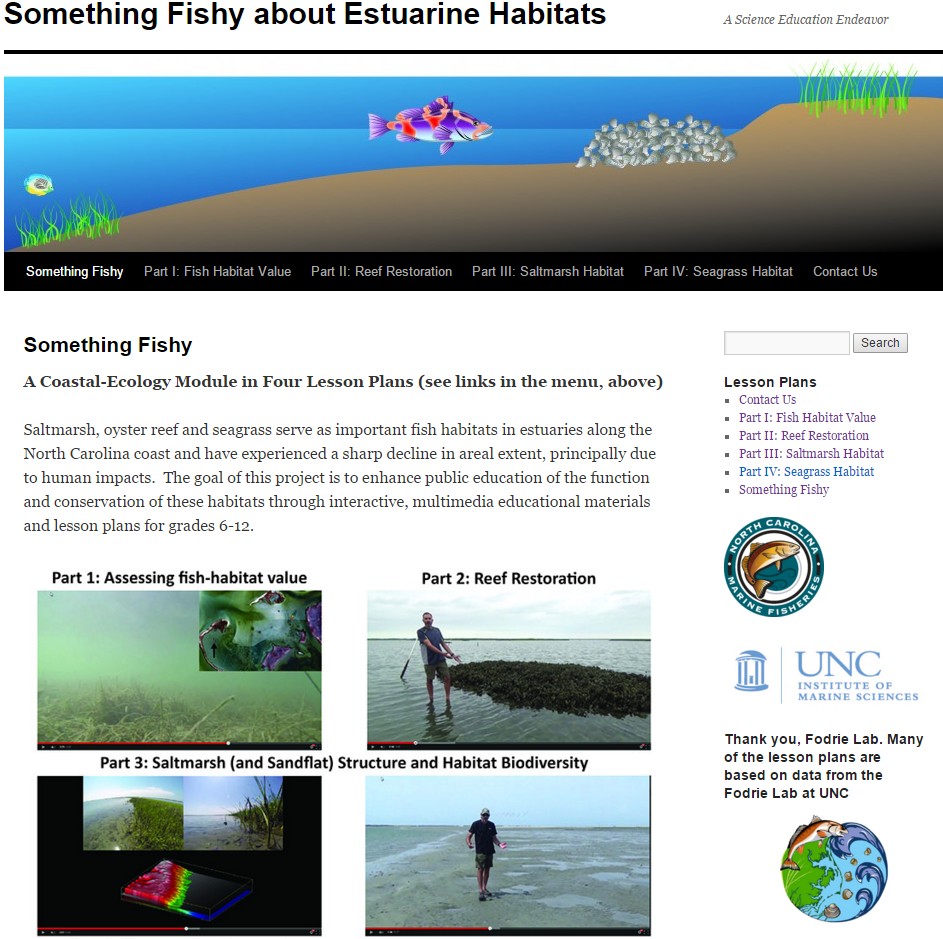 I used to think that washover fans were all event deposits. A major storm, such as a hurricane, impacts a barrier island, causes overwash, transports sand across the island, and deposits a washover fan. After the storm passes, vegetation colonizes the washover, traps wind-blown sand, and builds island elevation and resistance to further overwash. While that general model is certainly applicable to many washover fans, others take time to form. We recently published a paper in Scientific Reports “Long-term washover fan accretion on a transgressive barrier island challenges the assumption that paleotempestites represent individual tropical cyclones” that tracks washover deposition over a 3-year period. The study shows that washover deposits can accrete landward over multi-year time scales in the absence of large storms. Monitoring began in 2011 and above is a recent image of the site taken in 2020 (false color). Overwash is still an active process nearly 10 years after washover deposition initiated. Currently, sand is being deposited in the intracoastal waterway.
I used to think that washover fans were all event deposits. A major storm, such as a hurricane, impacts a barrier island, causes overwash, transports sand across the island, and deposits a washover fan. After the storm passes, vegetation colonizes the washover, traps wind-blown sand, and builds island elevation and resistance to further overwash. While that general model is certainly applicable to many washover fans, others take time to form. We recently published a paper in Scientific Reports “Long-term washover fan accretion on a transgressive barrier island challenges the assumption that paleotempestites represent individual tropical cyclones” that tracks washover deposition over a 3-year period. The study shows that washover deposits can accrete landward over multi-year time scales in the absence of large storms. Monitoring began in 2011 and above is a recent image of the site taken in 2020 (false color). Overwash is still an active process nearly 10 years after washover deposition initiated. Currently, sand is being deposited in the intracoastal waterway.
Contact Information
Important:
Commitments to diversity and inclusivity are fundamental to the Rodriguez Lab and UNC-EMES’s mission.

Not really what Core Banks looks like, but a fun sticker.
Lab Musings (mostly)
- RT @annesmileyy: The 2022 @UNC_EMES grad student retreat was amazing! Loved spending time outdoors with fellow students and learning about… 08:27:27 PM October 12, 2022 from Twitter for iPhone ReplyRetweetFavorite
- RT @susanalesecohen: Have you met @ENEC_UNC graduate student @AndrewZachman? He studies the impact of forest stand structure and fire freq… 08:12:33 PM September 13, 2022 from Twitter for iPhone ReplyRetweetFavorite
- RT @UNCims: Did you catch the first field site blog post? Check it out! Stay tuned for a new post later this week. 06:00:09 PM September 11, 2022 from Twitter for iPhone ReplyRetweetFavorite
Lesson plans for middle- and high-school teachers that focus on estuarine fish habitats can be found here.
-
Recent Posts
- Explaining the wide range of salt marsh carbon accumulation rates August 12, 2022
- Working with John Anderson for 30 years June 18, 2022
- Elevations where oyster reefs grow best increase as they age June 3, 2021
Archives
Meta


